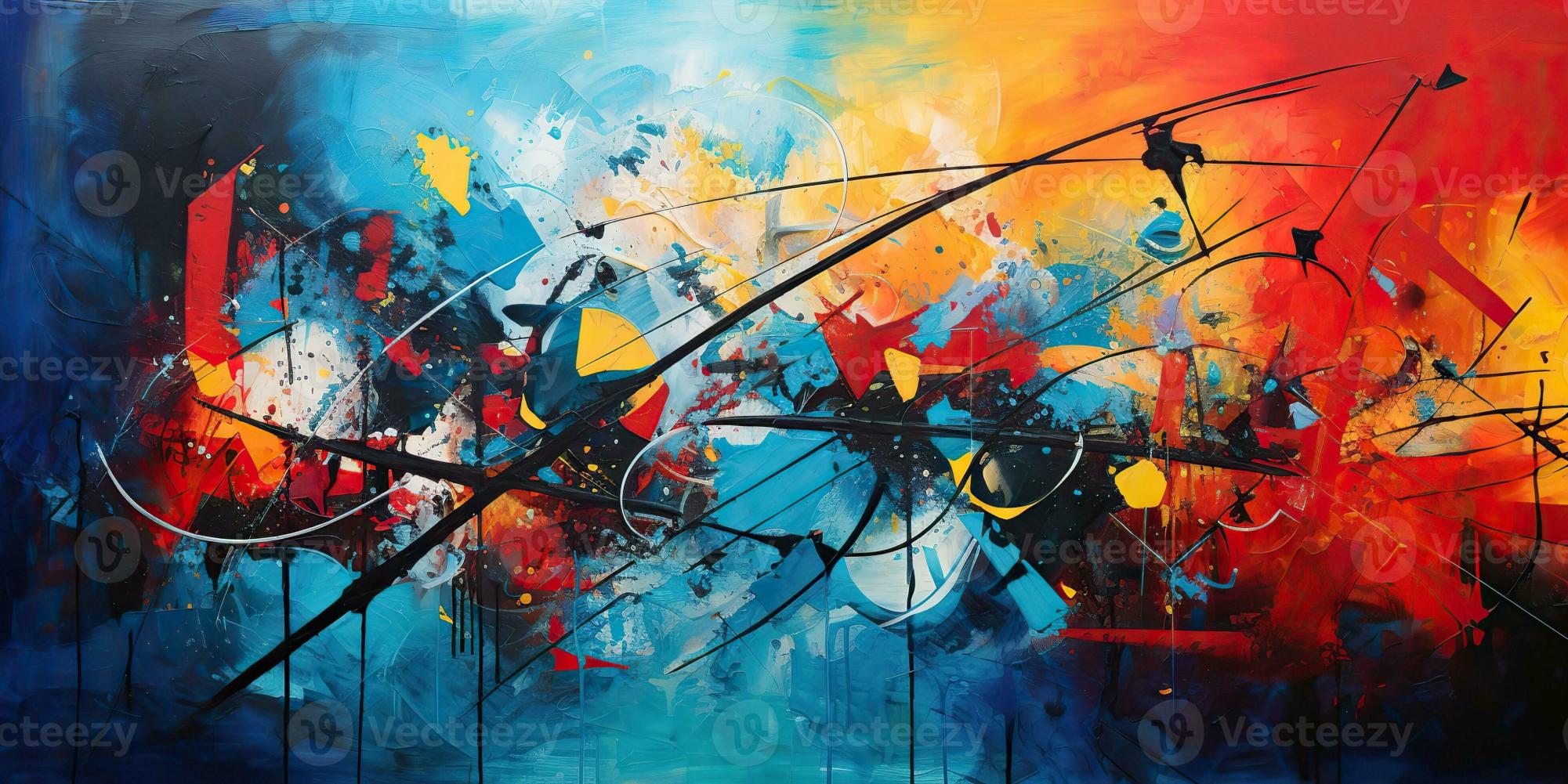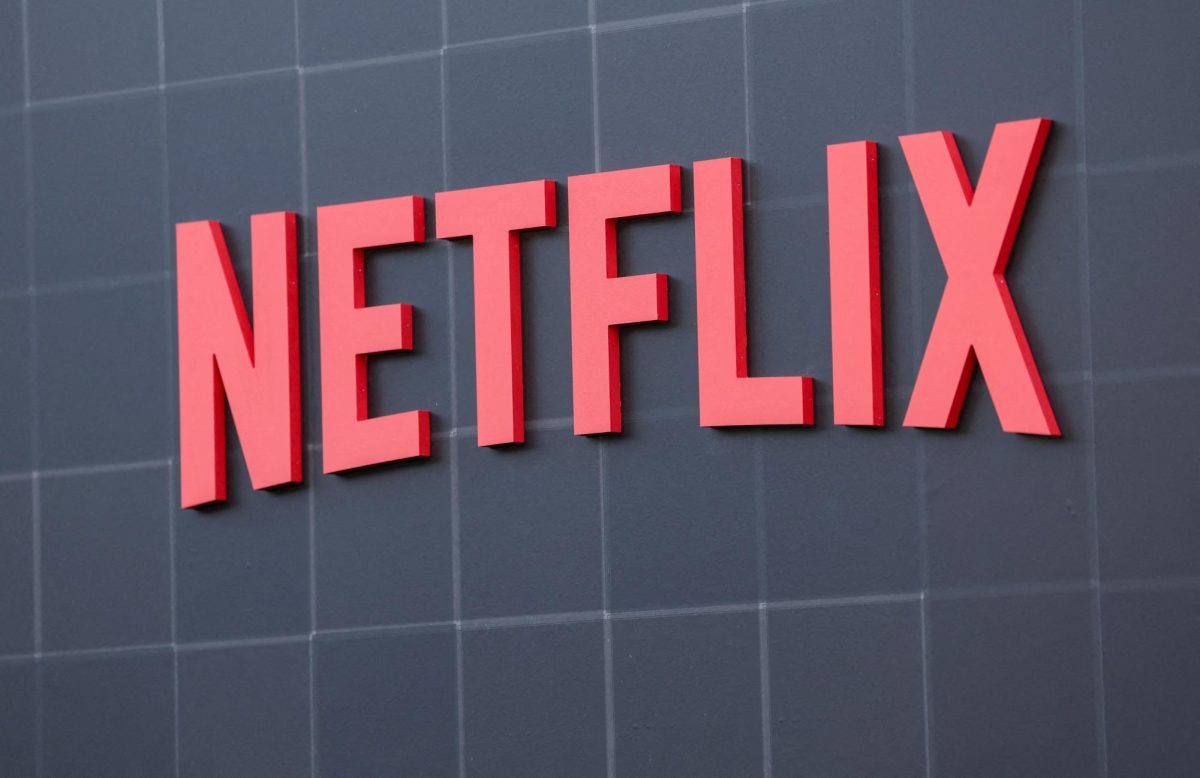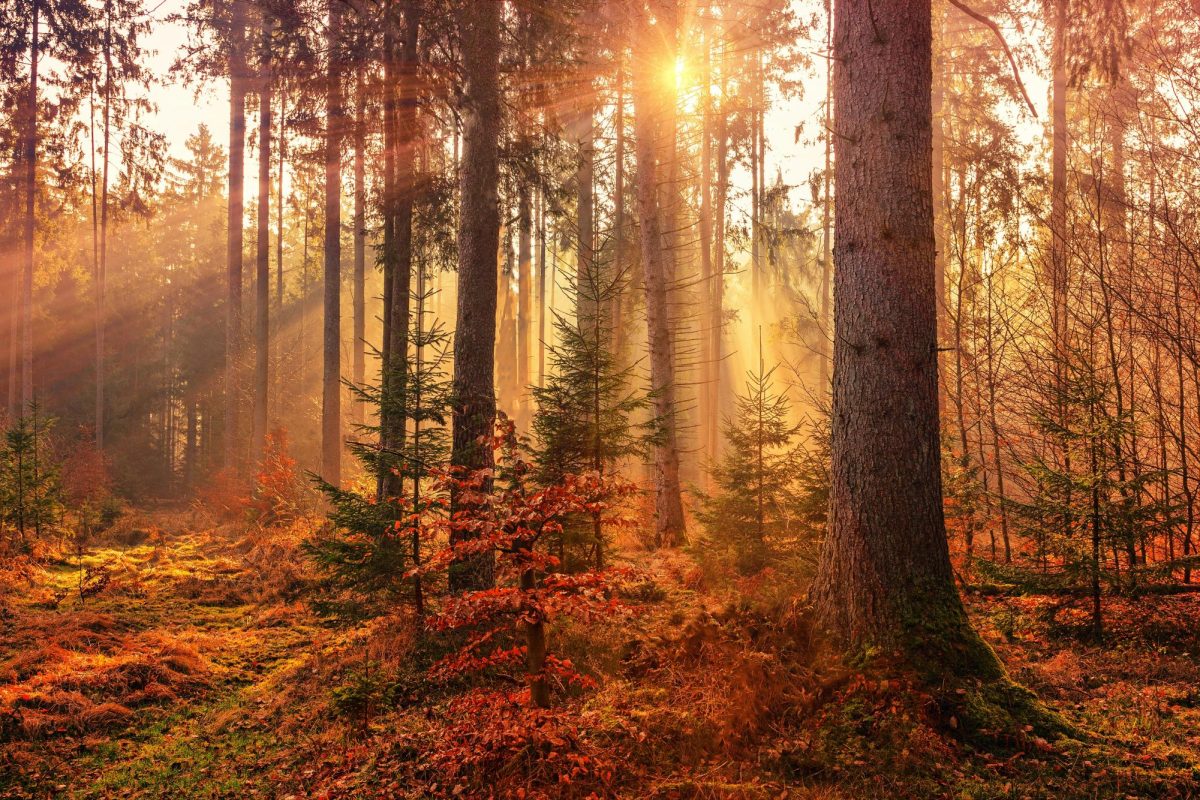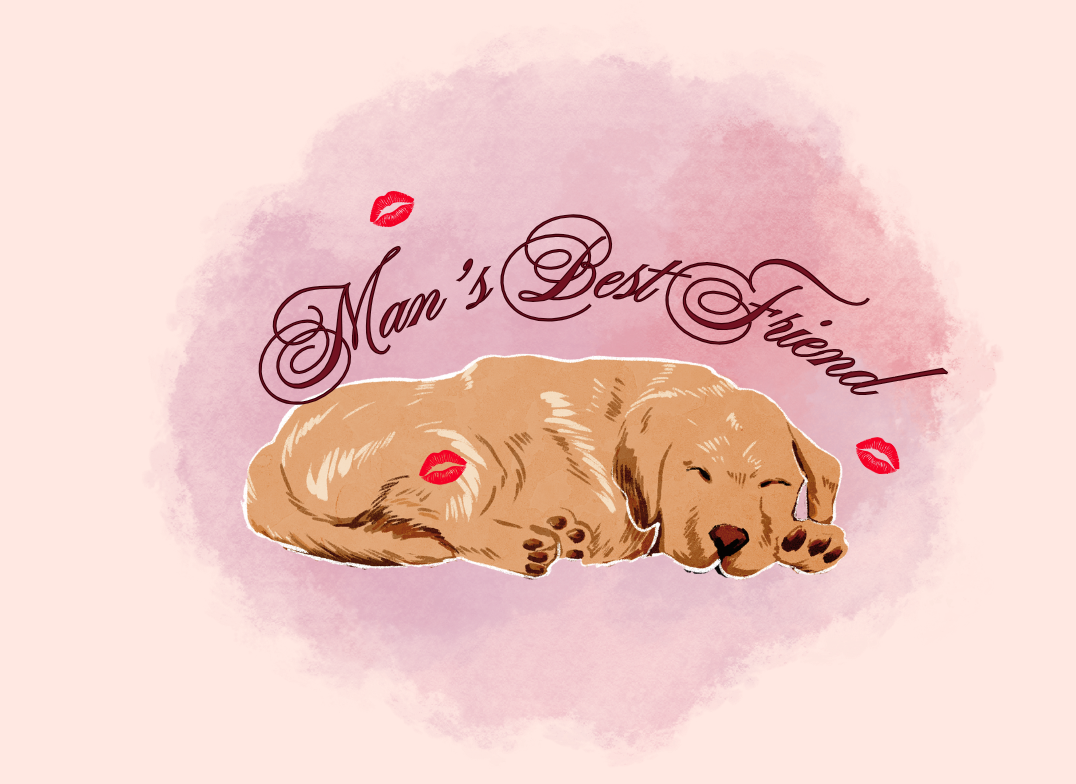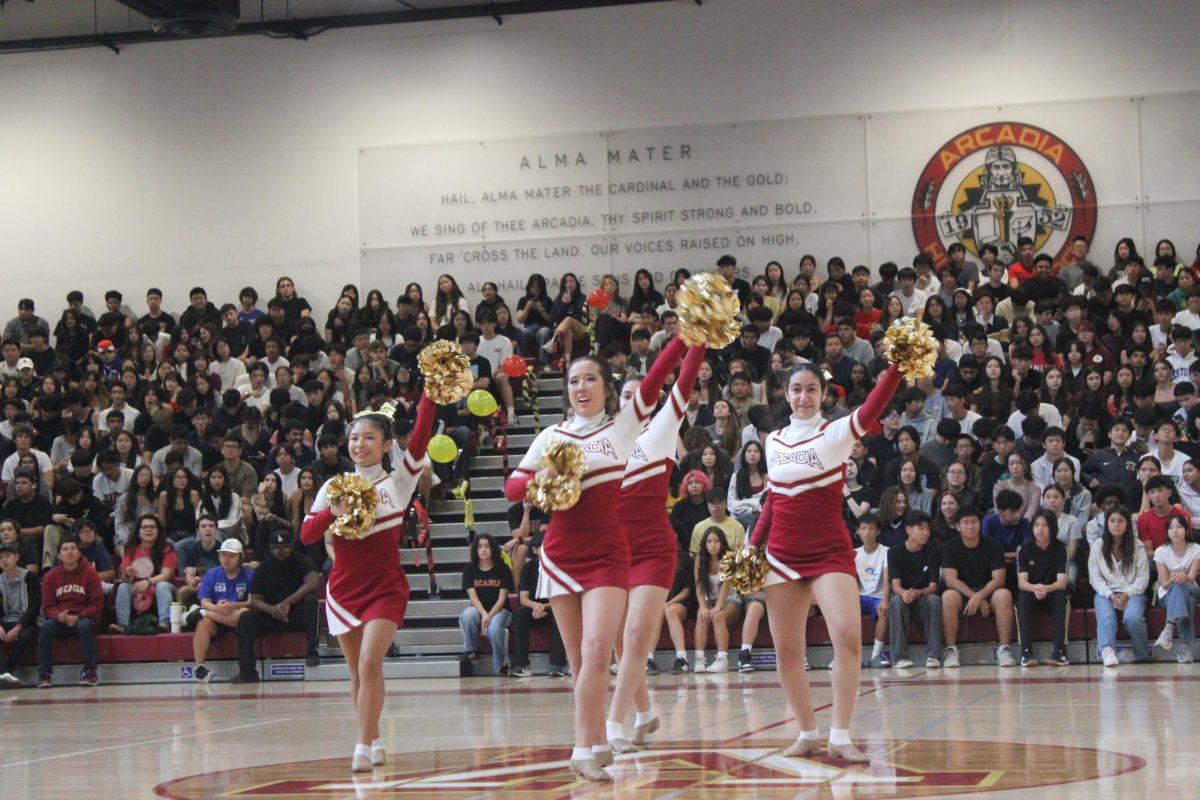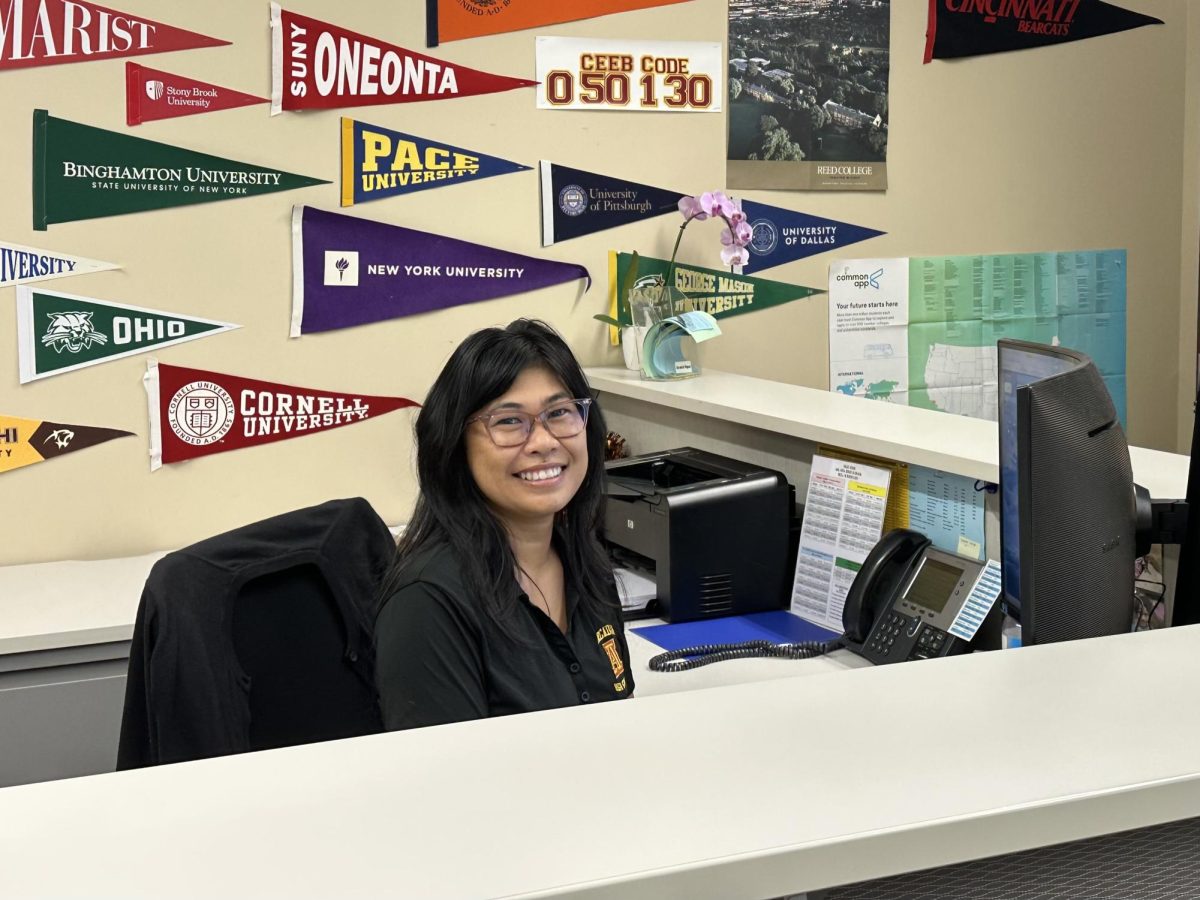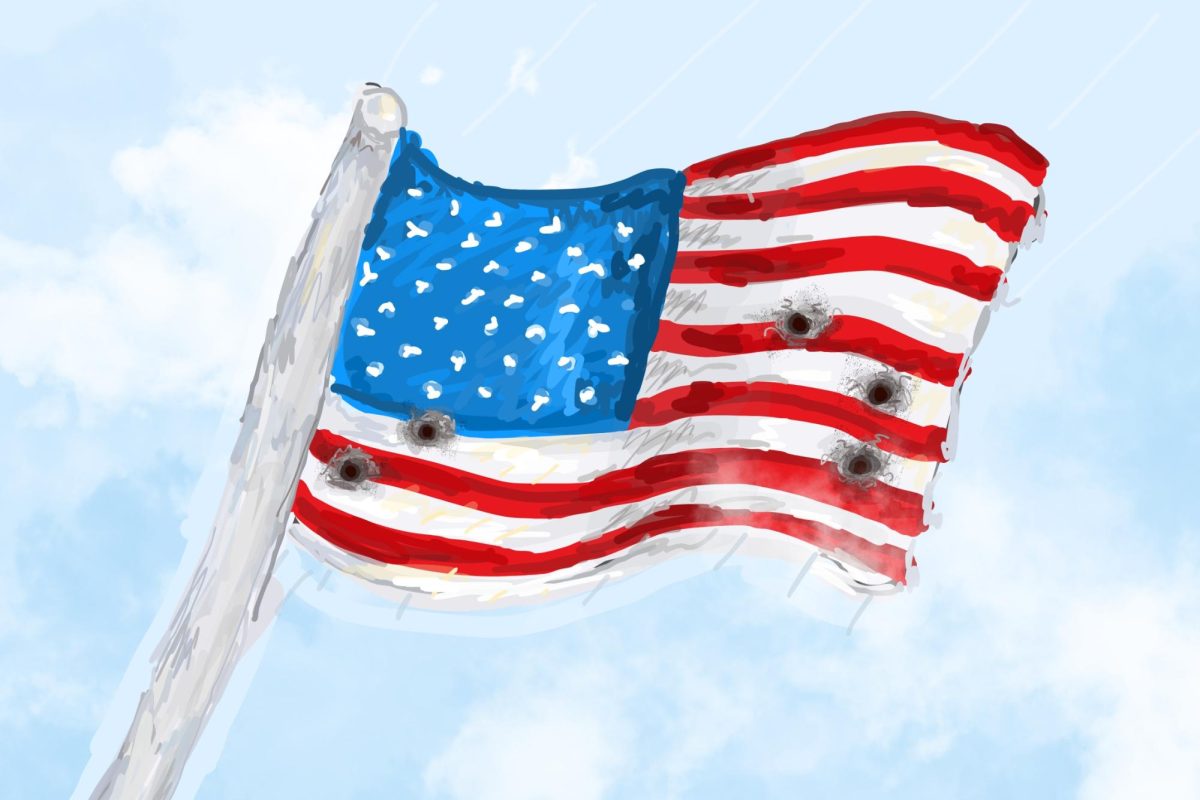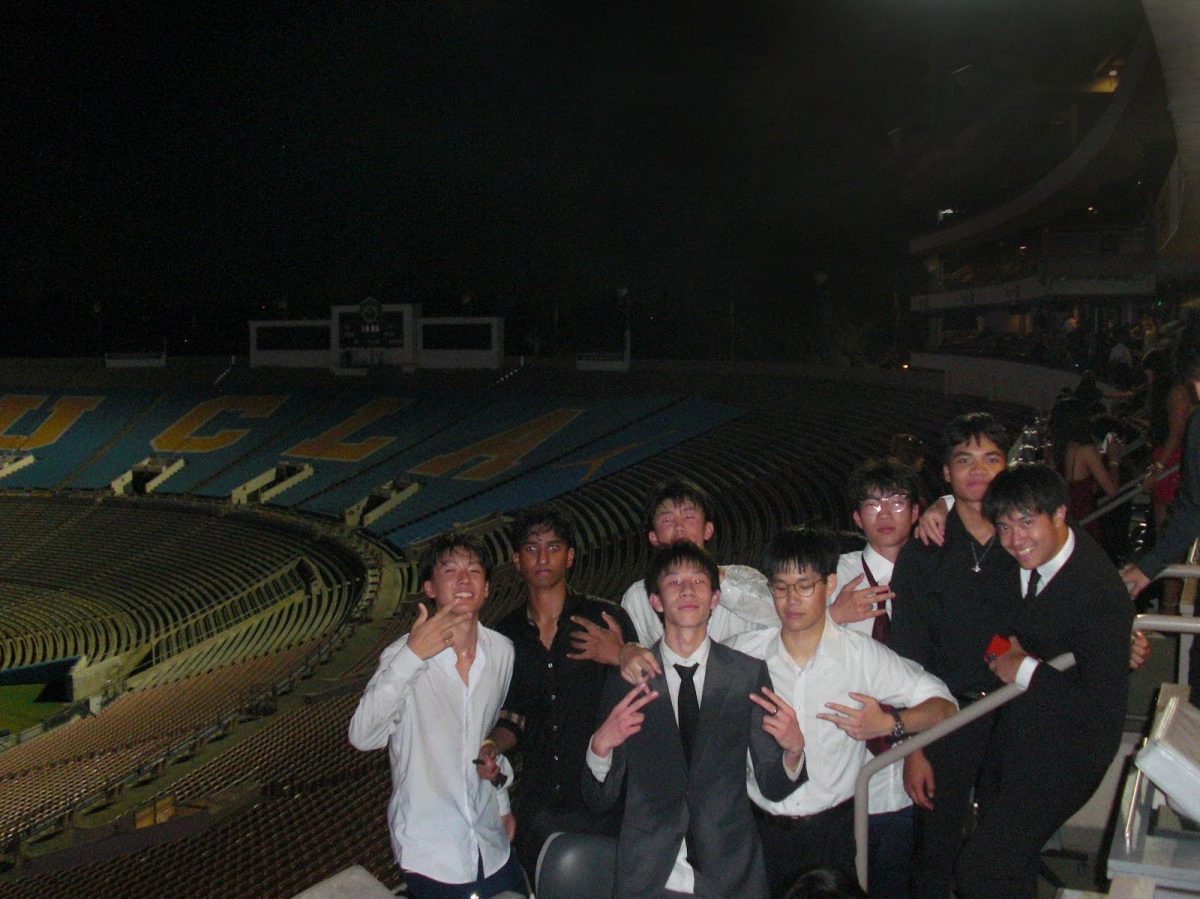As Artificial Intelligence (AI) has become increasingly advanced, it has gained the ability to generate images and scenery based on a user’s request. While some people have utilized this for personal entertainment, others have used it to promote themselves and overshadow real artists, failing to recognize the dire consequences. It has sparked outrage from artists who produce creations of their own.
For a long time, artists have used their work as an outlet for their emotions and opinions. One piece of art can have multiple dimensions and layers of meaning, and all pieces come to life from a thought or an experience. Since the rise of AI-generated art, many artists have spoken out about it, considering it unfair to artists’ thoughtfully produced pieces.
“AI art negates all the time and effort artists put into their work,” shared freshman Allison Chen when asked why she believes AI art is unjust.
AI-generated art is also extremely easy to acquire—long, complex pieces that would take days to be done by the human hand can be created in a matter of seconds. This proved to be a problem when a generated art piece won a competition. A photographer named Boris Eldgasen won the Sony World Photography Award with a piece that turned out to be AI-generated. He rejected the award after winning, however, admitting that AI is not true photography, and it would be unjust for him to accept the award.
The speed at which it can be created poses other risks for artists.
As it is so easy to create, generated art can also be considered to discredit and lower the value of real works of art. The multi-dimensional artistic process already receives less recognition than multiple other fields— AI art simply adds to the problem. Senior Alysia Shang, an Art Honors student, shared her opinion on the issue.
“The advancement of AI art is concerning given the lack of consent when [it] copies the art of real artists,” Shang stated. “AI art and its accessibility can also lead to the devaluation of art made by real people, threatening their careers if their craft becomes less respected.”
Artists also have concerns about copyright infringement. AI does not generate pieces out of nowhere— it analyzes images and creates new images based on the styles and shapes it has learned. Art techniques of real people could be “borrowed” and inputted into the generated picture, discrediting the time a real artist put into creating their style. Those in professional art careers lose income, and their work loses its trademark and weightage. Artists may spend years developing their styles, just to have them recreated and emulated by software.
Currently, AI art cannot be legally copyrighted, which removes the option of artists suing stolen art. So what can be done about it?
There are data poisoning tools such as Nightshade and Glaze that protect artists from AI-generated artwork. Using these tools, artwork can be “hidden” from AI— the bot will be unable to recognize the objects in art pieces, and emulating them in generated work will prove futile. The “poisoning” makes it so viewers still see the art as it is, but the AI sees it as an entirely different object. In this way, artwork can be protected and artists can maintain security.
As the controversy over AI-generated art continues, artists continue to face threats to their creative identities, prompting a call for further protection for artistic integrity in an increasingly digitized world.
Photo courtesy of Vecteezy


